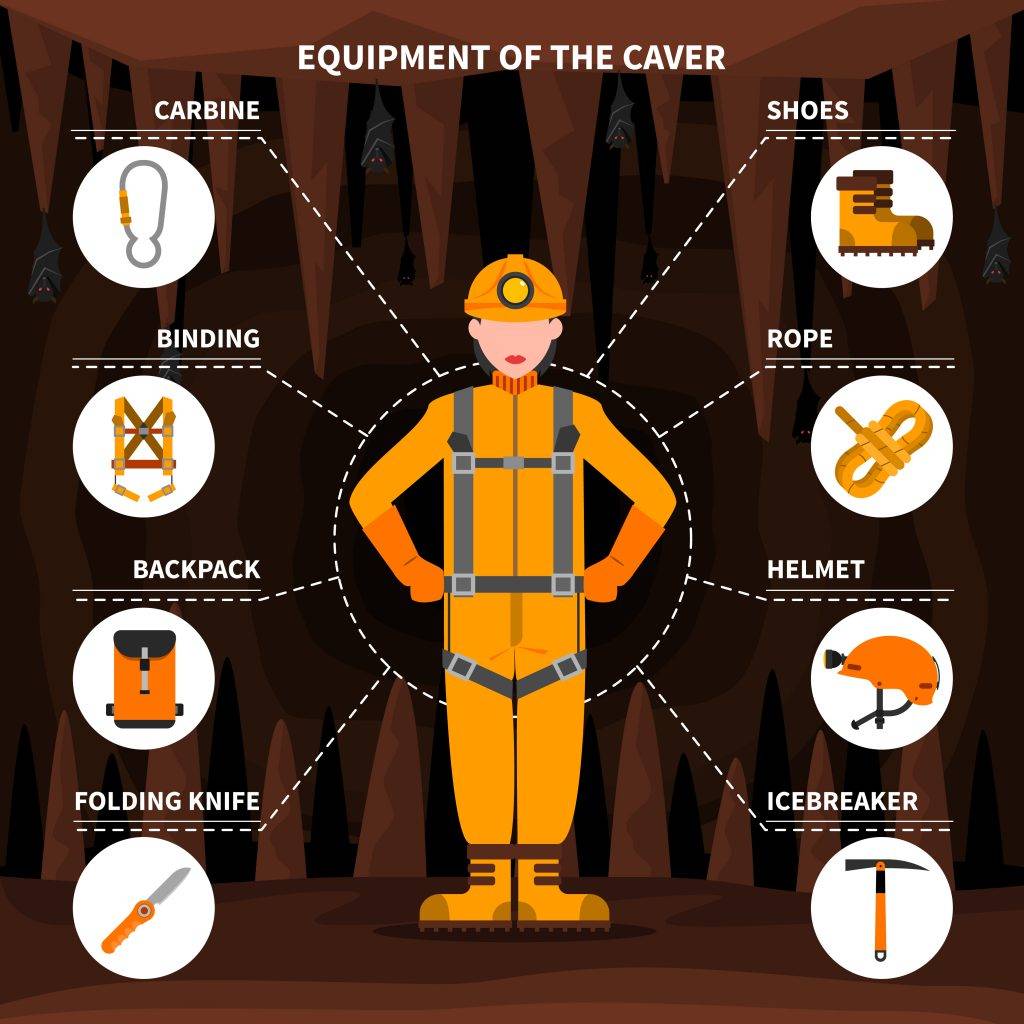- +91 8123115793
- info@kankengineers.com
- Banashankari 6th Stage, Bangalore 560062
saftey
Site Safety
safety and quality of work is always committed to ensure safe and sound surroundings for all the employees, machines and other associates. OTIK considers safety as the top priority than anything else.
Our statements of health and safety policy are:
- To provide adequate control of the health and safety risks arising from our work activities.
- To consult with our employees on matters affecting their health and safety.
- To provide and maintain safe plant and equipment.
- To ensure safe handling and use of substances.
- To provide information, instruction and supervision for employees.
- To prevent accidents and cases of work-related ill health.
- To review and revise this policy as necessary at regular intervals.

Construction and demolition work sites pose unique hazards and risks that can endanger worker safety and health. Occupational safety and health management systems help organizations to continuously identify and eliminate safety and health risks, reduce incident potential, comply with regulations and implement risk-reducing interventions
Personal Protective Equipment(PPE)
All workers and visitors in the construction site should wear the required PPE to reduce exposure to various hazards on the worksite. Common PPEs include goggles, helmets, gloves, ear muffs or plugs, boots, and high visibility vests and suits.
Work with Induction
Do Not Work with out Proper Induction in Site. Each site has its unique hazards and work operations. No two sites are the same. Make sure you know what is happening so that you can work safely.
Your induction is important. It tells you where to sign in, where to go, what to do, and what to avoid. Don’t start work without one.
Follow Saftey Sign and Procedures
You should also have a risk assessment for your activities. Make sure you read and understand it – it tells you what the hazards are and how to control the risks.
Control measures are put in place for your safety. Make sure they are in place and working before you start.
Keep Work Area Clean
Construction work is messy. Slips and trips might not seem like a major problem compared to other high-risk work happening on the site,.
Remember to keep your work area clean throughout your shift to reduce the number of slip and trip hazards. Pay particular attention to areas such as access and escape routes.
Never work in Unsafe Area
Make sure your work area is safe. Know what is happening around you. Be aware.
Don’t work at height without suitable guard rails or other fall prevention. Don’t enter unsupported trenches. Make sure you have safe access. Don’t work below crane loads or other dangerous operations.
Check that the area is safe before you enter.
Use Right Equipment
One tool does not fit all. Using the correct tool for the job will get it done quicker, and most importantly, safer. Visually check equipment is in good condition and safe to use before you start.
Never Tamper Equipment
If something’s not working or doesn’t look right, follow rule number 7 and report it. Don’t try and force something, or alter something, if you’re not trained to or supposed to.
Never remove guard rails or scaffold ties. Do not remove machine guards. Do not attempt to fix defective equipment unless you are competent to do so.
Scaffolding – fall hazards can occur when scaffolds are not used properly.
Fall Protection (application, scope, definitions) – consider using aerial lifts to provide safer working surfaces for elevated platforms
Excavations – Never enter a trench that is unprotected.
Ladders – Avoid ladders with metallic components near electrical work and power lines
Head Protection – Use safety net systems or body harnesses
Excavations (requirements for protective systems) – Use a protective system for trenches 1 foot deep or greater.
Hazard communication – Make information accessible to employees at all times in a language or formats
Fall Protection (training requirements) – Use an effective employee training program for hazardous substances
Construction (general safety and Health Provisions – Construction workers should wear work boots with slip-resistant and puncture-resistant soles
Electrical (wiring methods, design and protection) – Check all electrical tools and equipment regularly for defect
